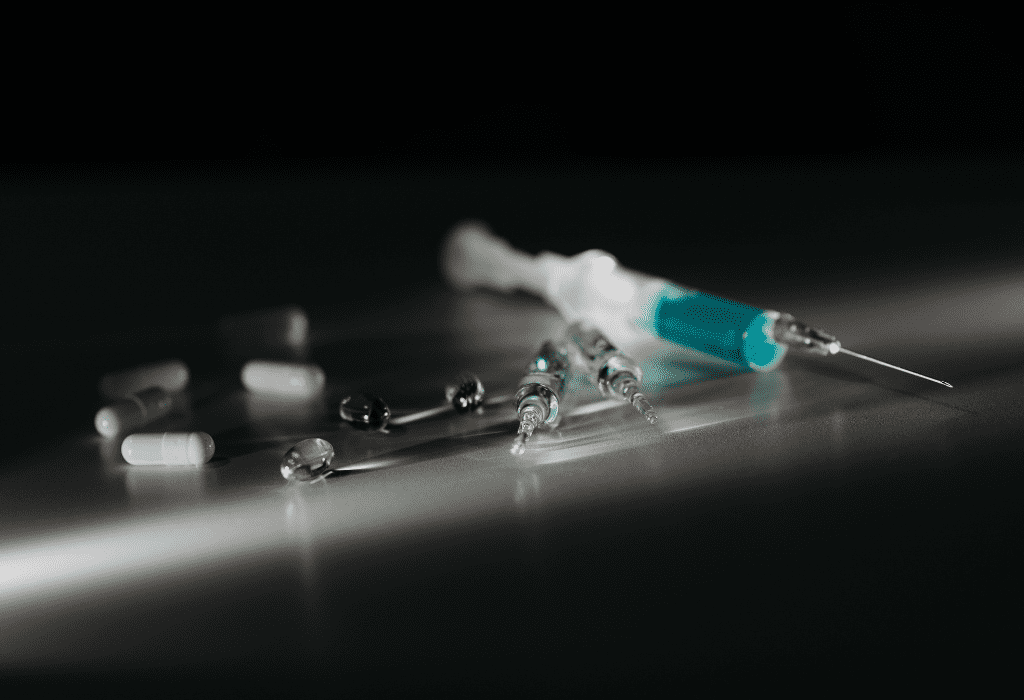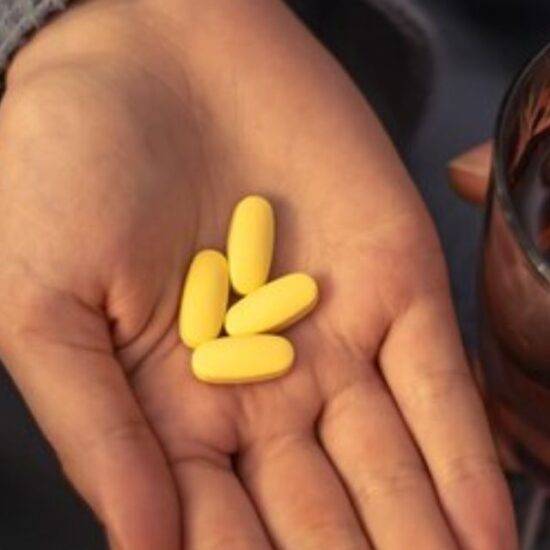In today’s world, understanding drug addiction is more crucial than ever. With increasing numbers of people affected by substance use disorders, it’s essential to educate ourselves about what are the most addictive drugs and how they impact individuals and society.
This blog aims to shed light on drug addiction, its mechanisms, and the substances that pose the highest risk of addiction. We will explore the nature of addiction, and the brain’s role in this process, and delve into detailed descriptions of the most addictive drugs.
Additionally, we will discuss the role of sober living homes and various treatment options available for those battling addiction.
What is Drug Addiction?
Drug addiction is a long-term brain disease where people feel a strong need to keep using drugs even when it causes harm. It leads to changes in the neural circuits that regulate reward, stress, and self-control.
Recognizing the difference between addiction and dependence is important. Dependence refers to a physical adaptation to a drug, while addiction encompasses both physical dependence and psychological compulsion to use the substance.
Many people mistakenly think addiction is just a lack of willpower or a moral failing. However, addiction is a complex condition influenced by many factors, and it requires proper treatment and understanding.
How Does Addiction Happen In The First Place?
Addiction affects the brain’s reward system, which releases dopamine, a chemical linked to pleasure. Drugs cause the release of a flood of dopamine in the brain, leading to euphoria and reinforcing the habit. Over time, the brain needs more of the drug to feel the same effect, leading to tolerance and higher doses.
Genetic and environmental factors both play big roles in addiction Genetics can make up about half of a person’s risk, meaning some people are more prone to addiction due to their genes. Environmental influences, like peer pressure, stress, and exposure to drugs, also play crucial roles.
Additionally, mental health issues and social surroundings, such as family dynamics and community support, further complicate the risk and development of addiction.
What Are The Most Addictive Drugs?
Determining what are the most addictive drugs involves evaluating their potential to cause dependence and addiction, their impact on the brain’s reward system, and the severity of withdrawal symptoms. Some of the most addictive substances include:
1. Heroin
Heroin, a potent opioid, has a high dependence potential due to its powerful interaction with the brain’s reward system. It creates intense pleasure or euphoria, leading to rapid physical and psychological dependence. Withdrawal symptoms, such as severe pain, restlessness, and nausea, make quitting heroin incredibly challenging. Additionally, heroin’s significant physical and social harm, including fatal overdoses, underscores its addictive nature.
2. Cocaine
Cocaine is a powerful stimulant that increases dopamine levels in the brain, creating a short-lived euphoric effect. This leads to repeated use as individuals attempt to recapture the initial high. Cocaine’s impact on the brain’s reward pathway alters brain chemistry, diminishing the ability to experience pleasure without the drug, thereby fostering addiction.
3. Nicotine
Nicotine, found in tobacco products, is highly addictive due to its action on the brain’s reward system. It releases dopamine, creating a pleasing sensation. Despite being legal, nicotine’s addictive potential and association with numerous health issues, such as lung cancer and heart disease, make it one of the most dangerous substances.
4. Alcohol
Alcohol is widely consumed and socially accepted, which masks its addictive potential. Ethanol, the intoxicating ingredient, affects the brain’s reward systems, increasing dopamine levels and producing feelings of pleasure and relaxation. Regular consumption leads to tolerance and dependency, with withdrawal being potentially life-threatening, involving seizures and severe tremors.
5. Methamphetamine
Methamphetamine is notable for its prolonged stimulant effects. It significantly increases dopamine levels, enhancing mood and body movement. Its high addiction potential is due to the extreme dopamine release, leading to severe physical and psychological consequences, including dental problems and extreme weight loss.
6. Prescription Opioids
Prescription opioids, used for pain management, have high addiction potential due to their effects on opioid receptors in the brain. They can create a sense of euphoria similar to heroin. The misuse of prescription opioids has led to an epidemic of addiction and overdose deaths, making them some of the most addictive substances.
Can Sober Living Homes Help You With Drug Addiction?
Sober living homes provide a safe and structured environment for individuals recovering from addiction. These homes offer numerous benefits, including peer support, accountability, and stability, helping residents transition from intensive treatment to independent living. The structured environment, with rules and routines promoting sobriety, along with access to resources, drug recovery programs, and other recovery initiatives, makes sober living homes an effective option for many.
Success stories and statistical evidence support the efficacy of sober living homes. They provide a sense of community and belonging, which can significantly enhance recovery outcomes, giving individuals the strength and support needed to maintain sobriety.
Treatment for Drug Addiction
There are various treatment options available for those struggling with addiction, each playing a crucial role in recovery.
- Detoxification: Detoxification allows the body to remove the drugs from its system. It is often the first step in treatment and is crucial for managing withdrawal symptoms safely.
- Inpatient Rehabilitation: Inpatient rehabilitation programs offer a structured and intensive environment for recovery. These programs provide 24/7 medical and emotional support, making them ideal for severe addictions.
- Outpatient Programs: Outpatient programs offer flexibility for individuals to receive treatment while maintaining their daily responsibilities. Therapy sessions and support group meetings are standard components of these programs.
- Therapy and Counseling: Different therapeutic approaches, such as Cognitive-Behavioral Therapy (CBT) and Dialectical Behavior Therapy (DBT), help individuals understand the root causes of their addiction, recognize triggers, and develop effective coping strategies.
- Medication-Assisted Treatment: Medications can ease withdrawal symptoms, reduce cravings, and block the euphoric effects of drugs, making relapse less appealing. This approach is effective for many individuals when combined with counseling.
A comprehensive treatment plan combines various options to suit the person’s needs. Long-term recovery and preventing relapse are key, highlighting the need for ongoing support and lifestyle changes.
FAQs
Que: What are the early signs of addiction?
Ans: Early signs include increased tolerance, withdrawal symptoms, neglecting responsibilities, and continued use despite negative consequences.
Que: How long does it take to become addicted?
Ans: The timeframe varies depending on the drug, the individual’s genetic makeup, and environmental factors. Some may develop addiction after a few uses, while others may take longer.
Que: Can addiction be cured?
Ans: Addiction is a chronic disease, meaning it can be managed but not cured. Regular support and treatment can assist individuals in staying sober.
Que: What actions should you take if a loved one is addicted?
Ans: Encourage them to seek professional help and support them in finding treatment options. Handling the situation with empathy and understanding is essential.
Que: Are there any new treatments for addiction?
Ans: Research is ongoing, and new treatments, such as innovative medications and therapies, are continually being developed to improve recovery outcomes.
Conclusion
Understanding what are the most addictive drugs and the nature of addiction is crucial for prevention and treatment. Despite the grim reality of addiction, there is hope.
Comprehensive treatment plans, including therapy, medication, and support groups, offer pathways to recovery. Sober living homes provide additional support, helping individuals transition back to independent living.
If you or someone close to you is dealing with addiction, seek support. Remember, addiction is a health issue, not a moral failing, and treatment can lead to recovery and a fulfilling life. Contact BHouses for support and start on the path to a healthier future.










